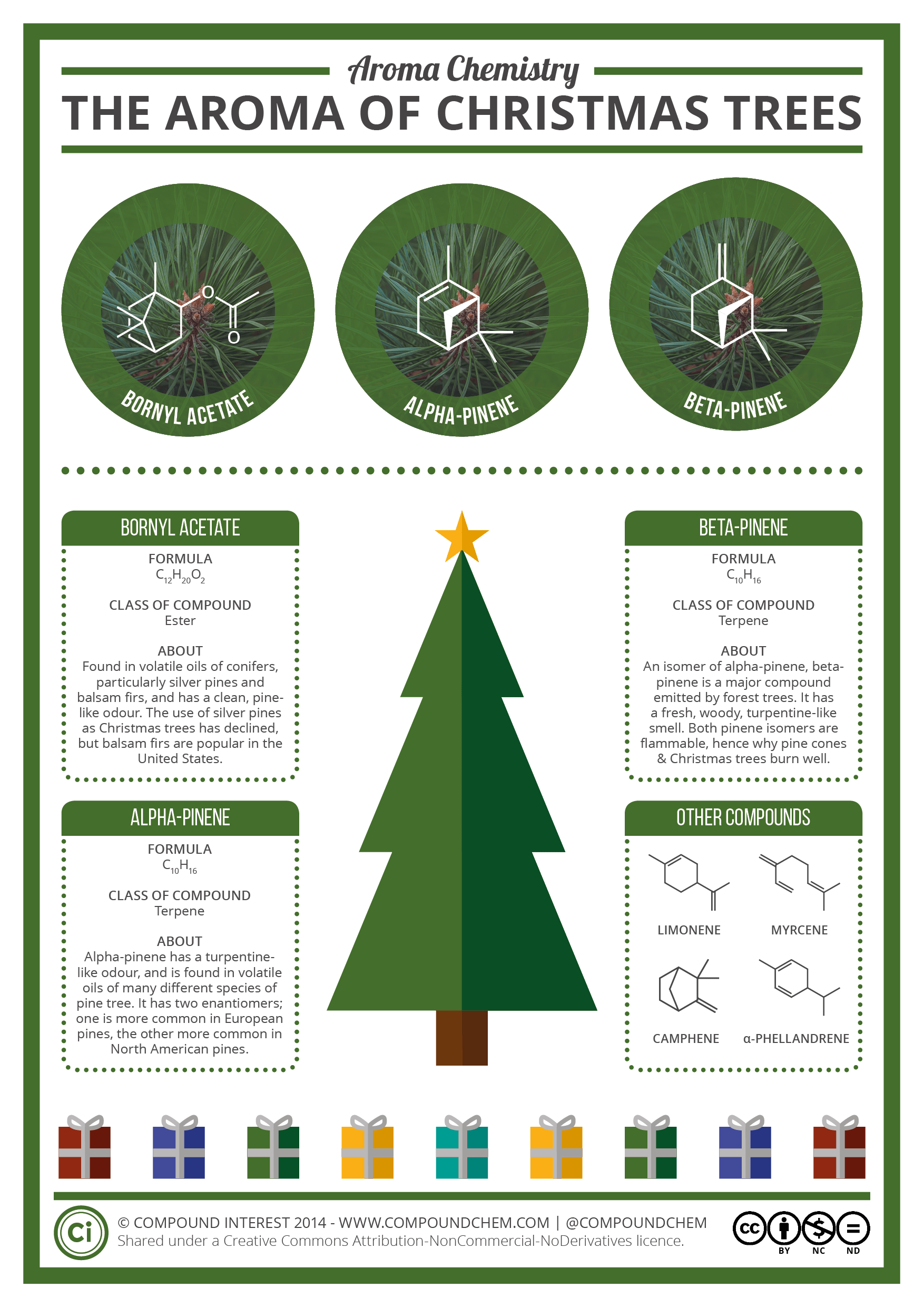Total Pageviews
Showing posts with label tree. Show all posts
Showing posts with label tree. Show all posts
Saturday, 5 December 2015
The Smell of Pine | #SciSparksAdvent
Sunday, 21 December 2014
Christmas trees are home to tarantulas.. Part 2 #SciSparksAdvent Day 21
Before I go any further I'll make it clear that there will be no tarantulas scuttling around your home... :)
Far south of Siberia - tarantulas and Christmas trees go together like bread and butter. In North Carolina some 1,645 meters above ground level the spruce trees are home to the smallest and tiniest tarantulas, the spruce-fir moss spider. They even say that too much sun will dry the spiders out- the spiders are small, only about a quarter of a centimeter in length and also endangered, on one mountain in North Carolina they're only found on a single rock - but these spiders do absolutely no harm - the Christmas trees act as their home, without them these spiders would be extinct.
Far south of Siberia - tarantulas and Christmas trees go together like bread and butter. In North Carolina some 1,645 meters above ground level the spruce trees are home to the smallest and tiniest tarantulas, the spruce-fir moss spider. They even say that too much sun will dry the spiders out- the spiders are small, only about a quarter of a centimeter in length and also endangered, on one mountain in North Carolina they're only found on a single rock - but these spiders do absolutely no harm - the Christmas trees act as their home, without them these spiders would be extinct.
Saturday, 20 December 2014
Things you never knew about Christmas Trees... Part 1 #SciSparksAdvent Day 20
Every year millions of people across the UK gather round Christmas trees - fake or real to celebrate the festive period. Although what people don't realize is how incredible your Christmas tree actually is.These evergreen conifers can survive drastic changes in temperatures and even create there own ecosystem housing the most unique of creatures. So here's an insight into the tough life of the Christmas tree.
- Christmas trees can turn into glass
In this sense we talk about glass as the structure of the molecules inside the tissue of the tree - really its a solid without a crystalline structure (P.S don't try this at home) but if you drop a sprig into liquid nitrogen at a temperature of -196 degrees C and providing you've chilled the plant to -20C beforehand the sprig will survive. For example the Siberian Spruce 'lives' where winter temperatures regularly get down below -60C so it's adapted to survive.
Basically once the molecules are in this glassy state they can't move around - so they can't react. This means that they're basically pre frozen so the tree's metabolism drops to nothing so the cells can't be damaged by the extreme cold. When the winter approaches trees also pull water from their cells into their surrounding tissue so the swelling of the ice crystals don't burst the cell walls.
Subscribe to:
Posts (Atom)

